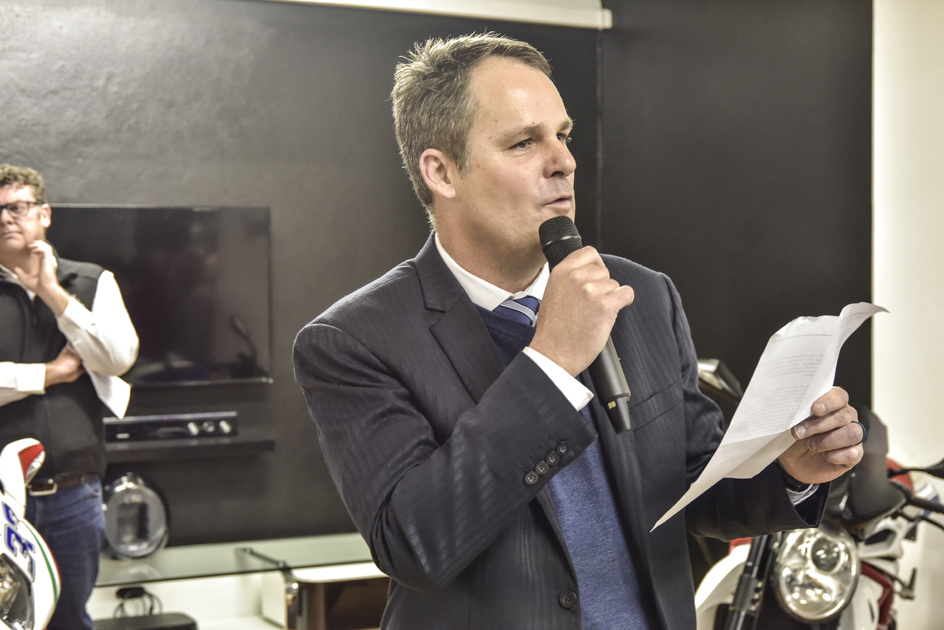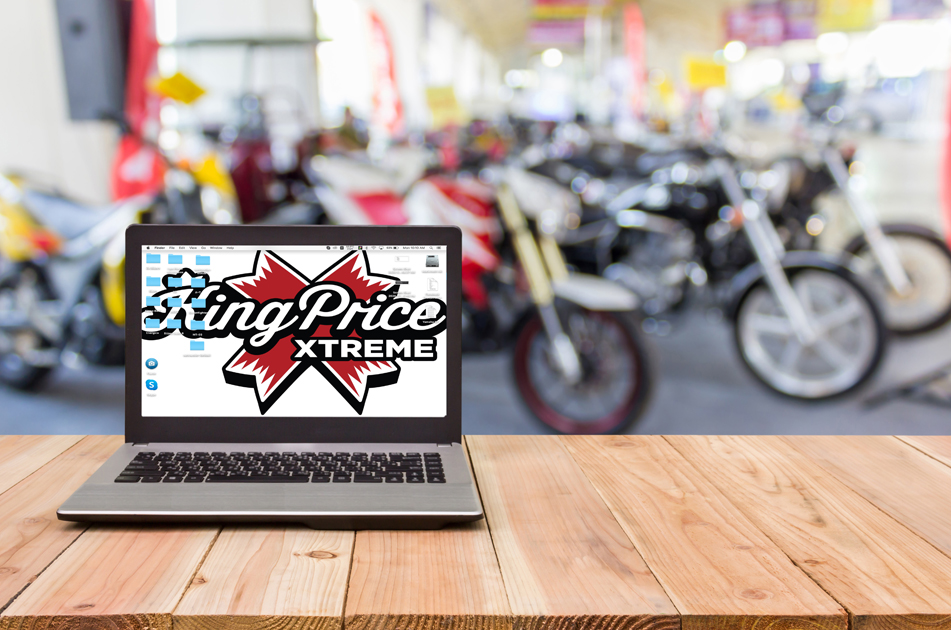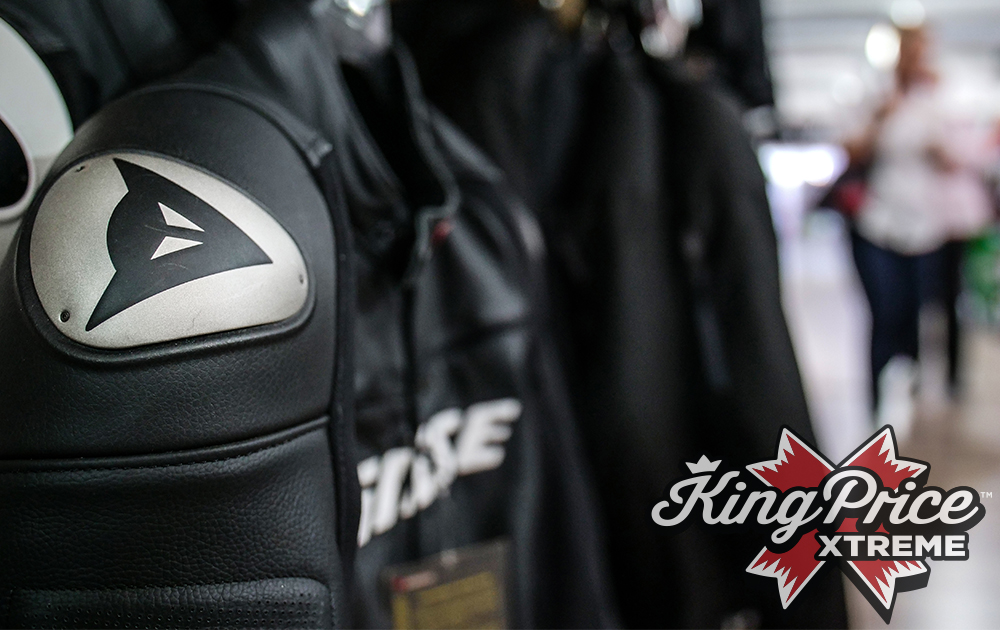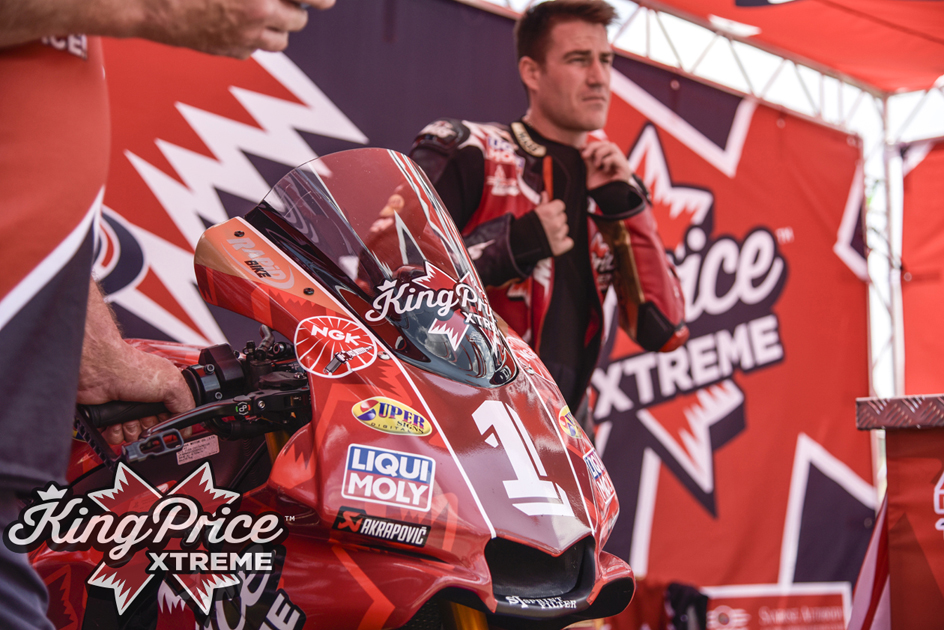
Owning a motorbike is a pleasure. Making sure it’s correctly insured is a bit trickier. When it comes to two wheels, not all brokers and insurers are created equal.
We asked Craig Langton, owner of Fire it Up! motorcycles, and six-time SA Superbike champion Clint Seller, who heads up the King Price xtreme riders, for their top tips on making sure your pride and joy is properly covered.

“Firstly, and as a golden rule, ensure that your broker and insurer specialises in motorcycles. I always know when a customer has chosen an insurer that doesn’t know bikes when the agent calls me and says: ‘A Honda CBR1000, what vehicle is that? I can’t find it in the book’,” says Langton.
Here are some points to keep in mind when insuring your wheels:

Be a stickler for detail
Always ensure that the description of your motorcycle is 100% accurate. For example, a 2018 BMW R 1200 GS Adventure must be described exactly like that, and not simply 2018 BMW R 1200 GS. This will make a big difference when you claim, says Langton. Also, ensure that the year of manufacture and year of registration is correctly noted.

Get the value right
It’s critical that your motorcycle is insured for the correct value. If you buy a motorcycle for R100 000, the trade value is R70 000 and retail is R80 000. In a total loss situation, the insurer will typically pay R75 000. “If you’re paying over ‘book value’, it is important that your insurer covers the purchase price and not ‘book value’ or you will be left out of pocket,” says Langton.

Seller says policies based on a motorbike’s retail value generally undervalue the bike. King Price allows its clients to insure their motorbikes for an agreed value, which includes its accessories, and which doesn’t depreciate. This means that your bike is always insured for what it’s worth.
Cover your kit and extras
Ensure that all your extras, including your riding kit, are noted, as these are normally covered as part of the policy. King Price allows comprehensively insured bikers to insure their motorbike gear – including helmets, boots, jackets and other riding gear, which are often worth tens of thousands of rand – for an extra R1 per month.

Mind the gap
If there is a total loss situation, do you have enough cover in place after excesses to replace the motorcycle? If the motorcycle is financed, make sure you add on cover for the shortfall, which closes the financial gap between what you still owe the bank and what the motorbike is worth in the event that it’s stolen, hijacked or written off.

Careful with those excesses
The excess is the first amount payable in the event of any claim. Generally, a higher excess means a lower premium. But be careful: make sure you can afford to pay the excess in the event of any loss. “Always settle on an excess that is in line with your financial circumstances and riding style,” says Langton.

Check the fine print
Some repairers may insist on painting or refurbishing damaged parts: make sure you are comfortable with this, and discuss it with your broker or insurer. It’s also worth checking what extra benefits your insurer offers. King Price even covers accidental damage that occurs at track school, provided the visit to the track school is pre-approved, as well as damage that happens while an insured motorbike is being on or off-loaded, or is in transit.

For more on King Price motorbike insurance, click here




